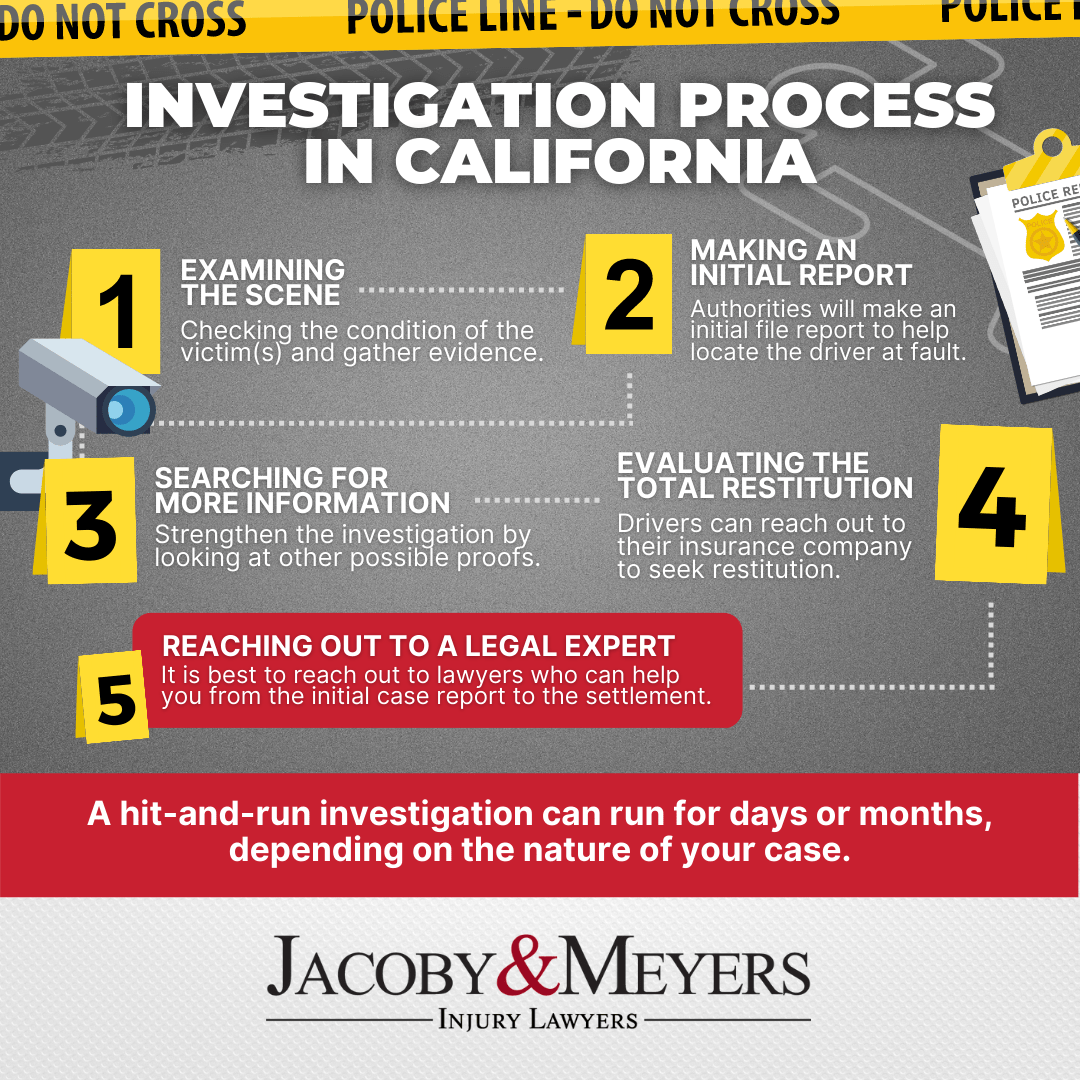A car accident caused by someone else’s negligence can be frustrating and overwhelming. It becomes more challenging when the party at fault leaves the scene. This scenario is considered a hit-and-run case. In California, there were 1,939 hit-and-run crashes recorded in 2019. Because of the high number of hit-and-run accidents, the state has enacted hit-and-run laws into two categories:
- Hit-and-run misdemeanor
- Hit-and-run felony
Read further to learn about hit-and-run cases and what laws can be applied when involved in one.
What is a Hit-and-Run Accident?
Generally, an accident is considered a hit-and-run case when an individual causes damage to a person or property and chooses to flee the scene. You may report a hit-and-run accident when:
- A vehicle causes damage to a person or property
- The driver fails to provide personal information before leaving the scene
- The party at fault intentionally refuses to provide care or assistance to a victim after an incident
What are the Hit-and-Run Charges in California?
A hit-and-run accident can be classified as a misdemeanor or felony.
California Vehicle Code 20002
As stated in California Vehicle Code 20002, a hit-and-run misdemeanor is an accident where:
- A driver hits your vehicle or any property
- A driver fails to notify the owner of the damages and give personal information
- A driver abruptly flees the location of the accident
When your situation falls under these circumstances, you may file a hit-and-run accident claim against the driver. Parties who are at fault face specific consequences and penalties. Through this, you may get the necessary compensation for the damages and additional awards when you win your case.
California Vehicle Code 20001
Moreover, a hit-and-run felony is defined as an accident where the driver responsible for the incident causes bodily injuries or wrongful death to a victim and decides to leave the scene. You may file a hit-and-run felony claim under these circumstances:
- A driver causes an accident resulting in bodily injuries or wrongful death
- The party at fault refuses the stop at the location of the incident
- The driver fails to provide necessary help or care to the injured victim
- The opposing party does not give their personal information to the victim or law enforcement
The penalties for a hit-and-run felony are more severe and complex than those for a misdemeanor. Furthermore, a claim can be tagged as a misdemeanor or felony when the accident results in property damage,bodily injuries or wrongful death.
What are the Penalties for the Hit-and-run Laws in California?
The following are the consequences of a hit-and-run misdemeanor:
- Six months in the county jail
- Fine up to $1,000
- Community service and probation
- Restitution for the property damages
Whereas the penalties of a hit-and-run felony are as follows:
- Fines worth $5,000 to $20,000
- incarceration
- Up to fifteen 15 years of jail time
- Sanctions provided by the Department of Motor Vehicles (DMV)
- Punitive or treble damages
These hit-and-run penalties in California may vary depending on the severity of the case. It is best to reach out to a lawyer to determine the compensation and consequences to be imposed when building your case.
How Do Hit-and-Run Investigations Work?
Why Do Drivers Flee The Scene?
In a study titled “Theorizing hit-and-run: A study of driver decision-making processes after a road traffic collision,” it was discovered that there are five types of hit-and-run drivers, namely:
| Type of DUI Driver | Decision-making reason for leaving the scene |
| Rational escapists | This type of driver leaves the scene because they are afraid of the expenses and costs of the damages. Typically, they drive without insurance or a license. |
| Uncertain departures | Uncertain departures are aware that they are to blame for the collision but argue that they are still determining whether they should report the accident. In most cases, these uncertain departures encounter minor Hit-and-run accidents with damaged properties. |
| Panickers | Most often than not, drivers panic when they have caused an accident, especially when there are damages or injuries. Panickers are aware of the crash but decide to flee the scene to escape charges and penalties. |
| The intimidated | Drivers who try to act on the accident, but are confronted by angry victims, are more likely to depart the scene. |
| Impaired or “non compos mentis” | Drivers driving under the influence or intoxication (DUI) tend to make poor decisions when they hit a property or vehicle. Sometimes, they are too mentally impaired to be aware of the collision. |
While there might be other reasons for departing, these are the typical reasons and types of drivers who leave the scene after an accident. Most often, they try to escape hit-and-run charges and penalties in California.
Should I Get a Lawyer for My Hit-and-run Accident?
Dealing with a hit-and-run accident claim may be challenging, especially if you do not have the resources and knowledge to handle such incidents. There are certain responsibilities and deadlines that you have to consider to win a claim successfully.
Aside from that, other challenges when pursuing a hit-and-run case includes the following:
- Limited evidence to identify the at-fault party
- Determining the coverage of your insurance
- Insurance company bargaining reduced compensation
- Dead-end investigations
In such circumstances, it is highly recommended that you reach out to a lawyer to help you sort your case. Jacoby and Meyers have competent personal injury attorneys with decades of experience in hit-and-run accidents in California.
We can help you search for necessary evidence to determine the liable party and negotiate the total value of your compensation. Give us a call today at 888-960-0480 for a free consultation. We are available 24 hours a day, seven days a week, to help you.
Call or text 888-522-6291 or complete a Free Case Evaluation form








